Consumer Habits: How Petro-Convenience Stores Can Prepare for 2022
Since the early days of the COVID-19 pandemic petro and convenience stores have demonstrated just how nimble they can be by rolling out new...
3 min read
Kat Hirsch
June 26, 2020
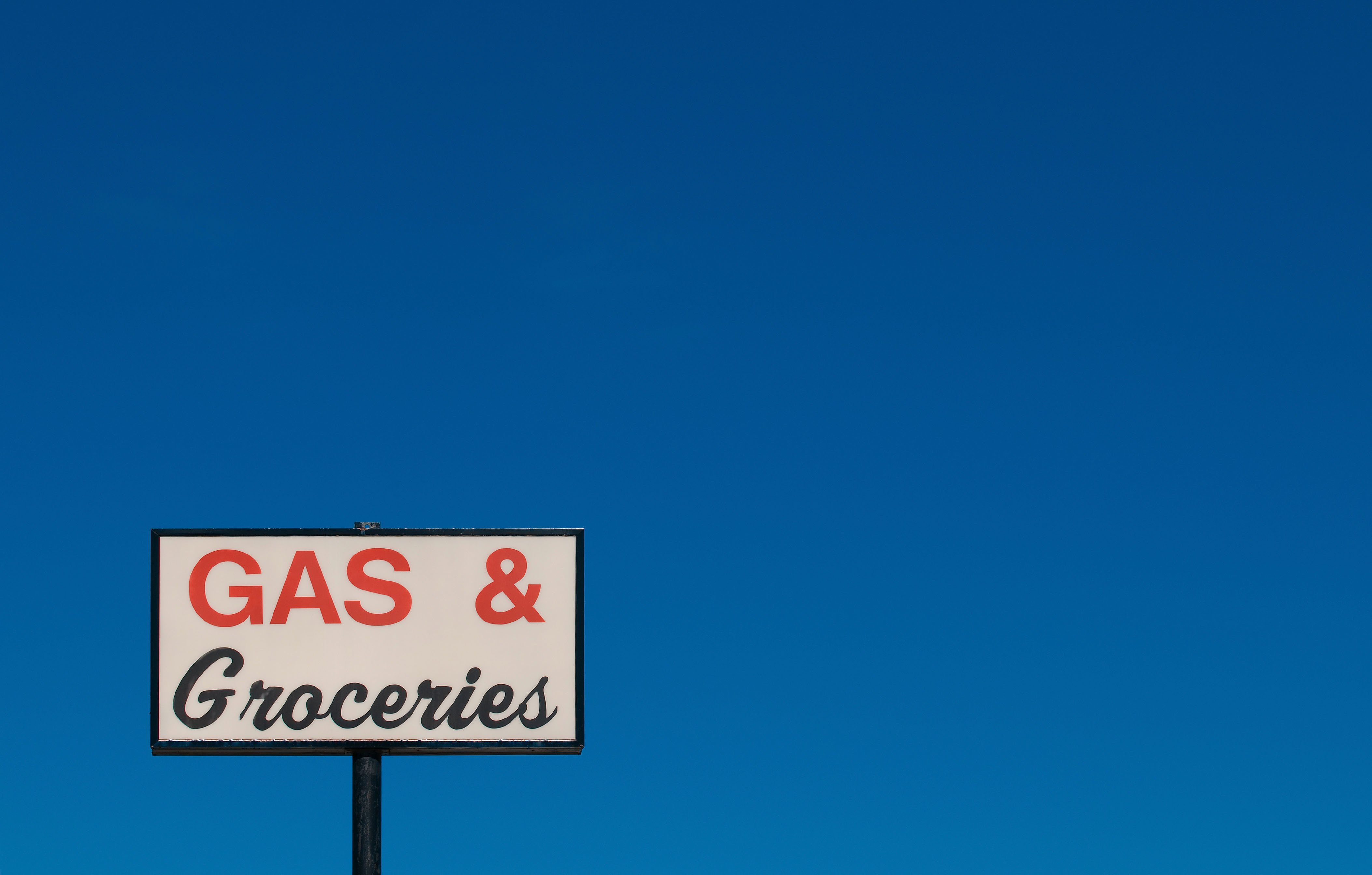
This month we've looked at COVID-19’s impact on the Retail and Restaurant industries. Now, as we round out June, we're diving into how changes in consumer habits are affecting Convenience Stores and Gas Stations.
Many consumers are reluctant to purchase prepared food and travel restrictions have reduced fuel consumption. As a result, our survey respondents report a 73% decrease in the frequency with which they visit gas stations and convenience stores!
Having reviewed the data from 2000+ survey responses we've pulled the following key learnings.
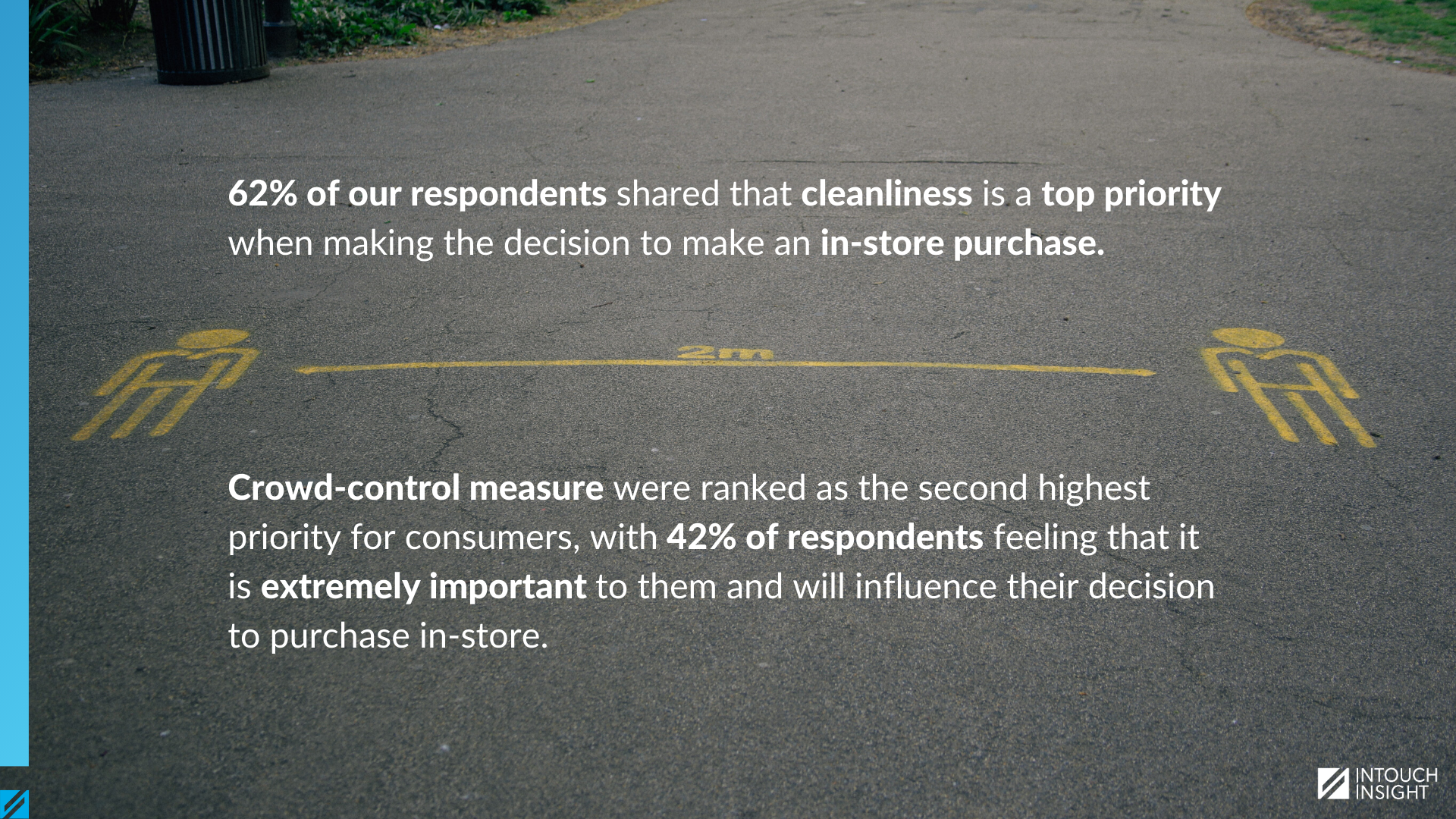
As we’ve seen with other industries, sanitation is the primary concern for consumers when it comes to in-store shopping. In the case of purchasing prepared food, 60% of respondents ranked the cleanliness of an establishment as extremely important followed by quality of food at 50% and quality of service at 31%. This is especially important to note the industry is experiencing a trend among consumers to make food purchases at convenience stores over other operators such as fast food restaurants.
Instilling confidence in your customers that you are taking the necessary health and safety precautions will be paramount moving forward. 46% of respondents said the number one change they want to see from businesses is improved cleanliness and sanitation.
Formalizing cleaning procedures and audits, communicating to your customers the frequency with which you are cleaning, and ensuring you are making these actions visible can go a long way in increasing that level of confidence to keep customers coming back.
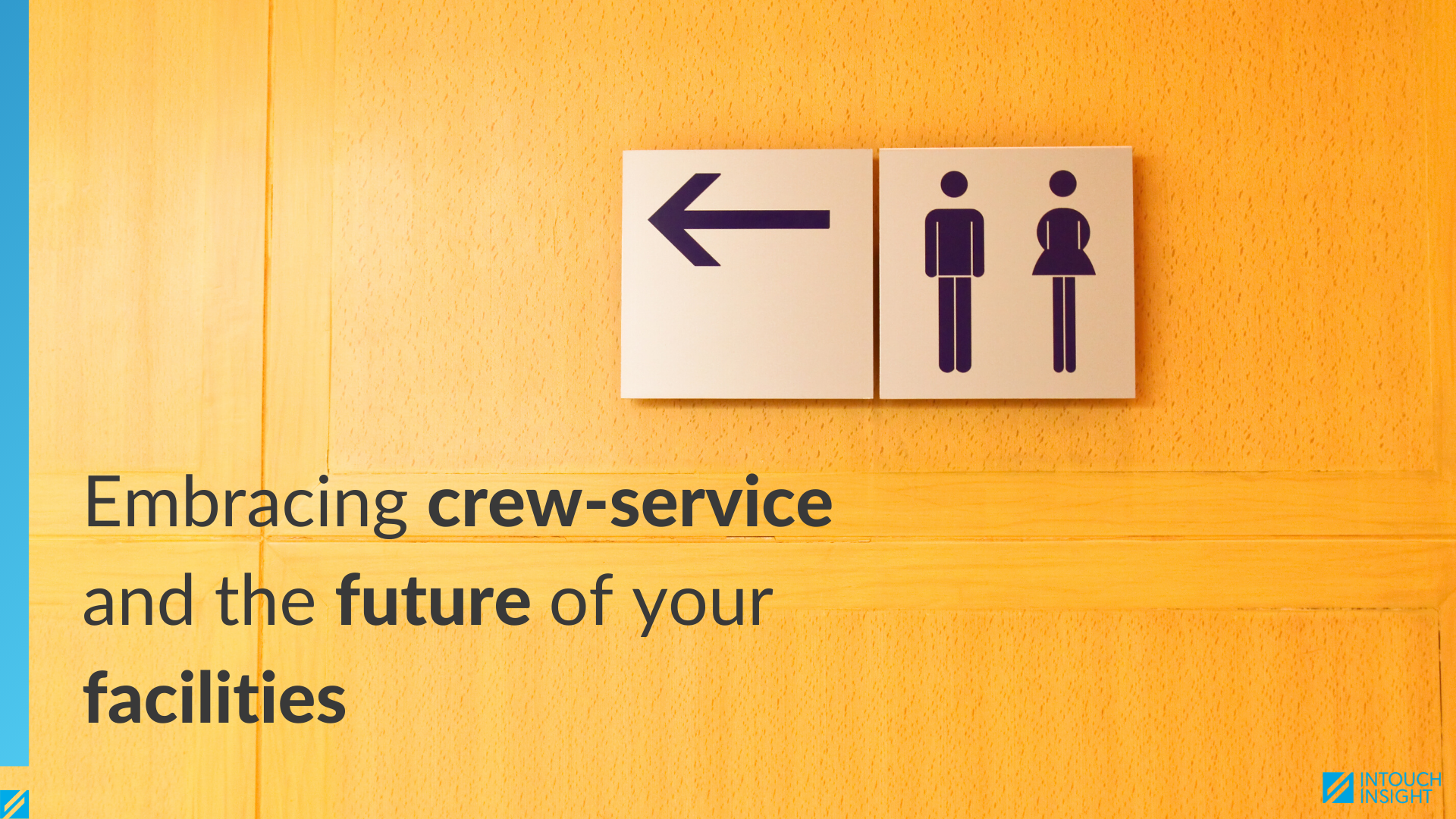
Let's admit it, we've all pulled into a gas station or convenience store motivated primarily by the call of nature. Our survey showed that individuals who are unsure about in-store shopping are 25% less likely to be comfortable using public restrooms. Putting extra effort into the cleanliness of your restrooms can help attract that extra foot traffic.
This aversion to communal facilities applies to self-serve food stations as well. 25% of respondents said they are extremely unlikely to use self-serve condiment stations and 21% said the same for prepared food stations such as bakery cases or roller grills.
The need to reduce unnecessary contact remains instilled in many consumers even as governments have started lifting restrictions across North America. An emphasis on crew-service, being served by a customer facing employee, can help limit the number of communal objects customers need to interact with and help them feel more comfortable returning to convenience stores.
64% of respondents said they would prefer crew-service when purchasing prepared food and 60% said the same when purchasing coffee. Conversely, 84% of respondents said they would prefer to use self-serve pumps when purchasing fuel.
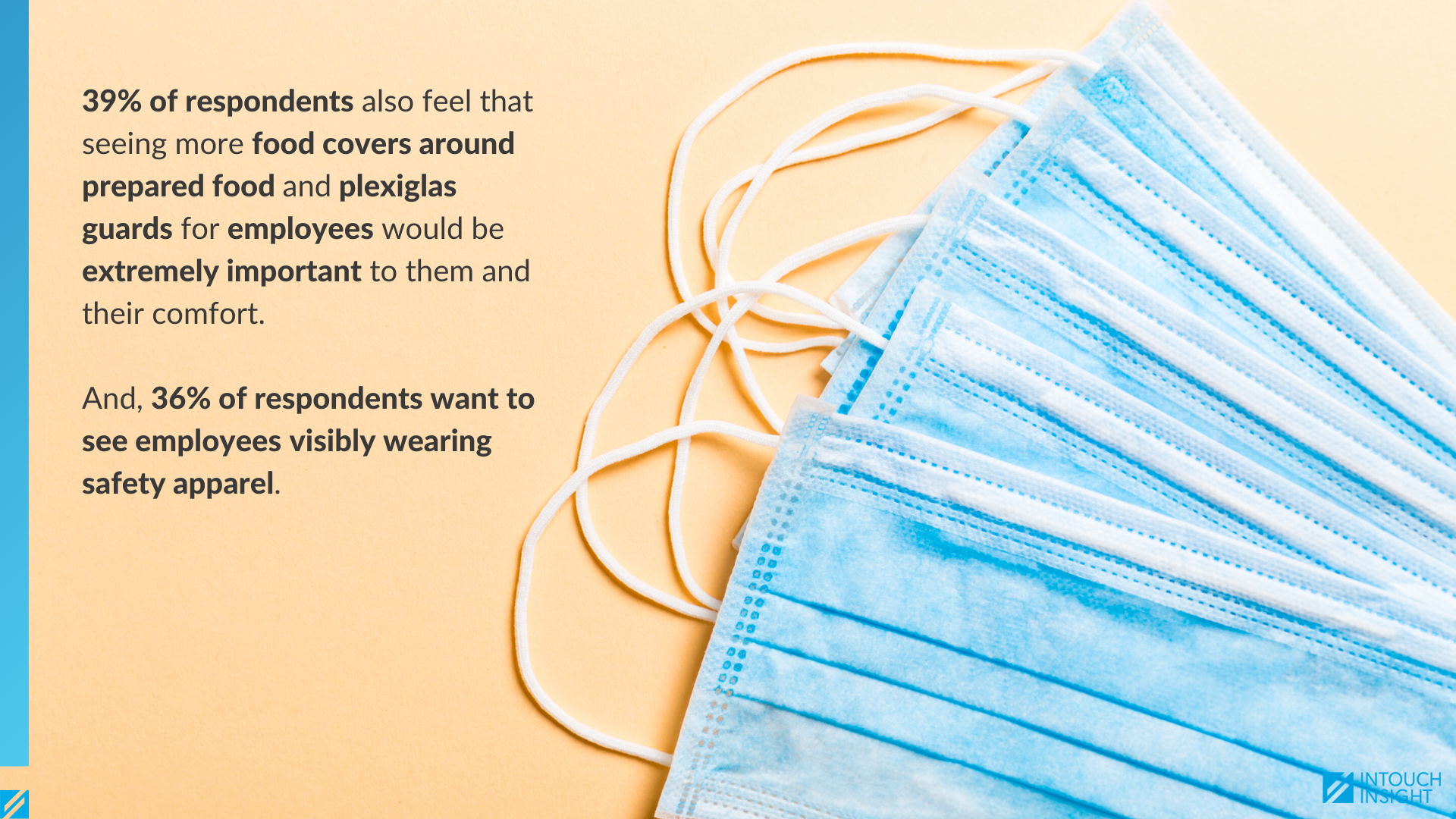
We’ve seen that cleanliness is important to consumers, but consumers need to see that cleanliness is important to businesses. This means visibly reinforcing your health and safety standards and protocols.
50% of survey respondents indicated that seeing disinfectant wipes and hand sanitizer available for customer use is extremely important and adds to their comfort. Consumers want to see that 40% of respondents said they want to see social distancing measures and guidelines posted and reinforced.
Ensure that refilling public sanitation stations and checking the visibility of your social distancing guidelines are part of your regular check lists. Empower employees to remind customers who are not following your posted social distancing guidelines that they are for every one’s safety. Taking that step to enforce safety measures will help make consumers more comfortable shopping in-store.
In a recent interview with CSP Magazine, Intouch Insight President and CEO, Cameron Watt, said “You can’t think that this is some minor, temporary glitch and three months from now you can just go back to the way you were... The leaders through this, the people who catch the customer sentiment right, are going to wind up getting the long term loyalty.”
It is crucial for businesses to understand the impact of COVID-19 on consumer behaviour in order to facilitate the return of clientele as restrictions continue to be lifted – and we’re here to help!
You can read the full survey report for additional insights on consumer habits in regard to the convenience stores and gas stations here.
If you missed them, you can read our report on the future of retail here and our report on changes to the restaurant industry here.
For additional survey points and data insights please contact letschat@intouchinsight.com.
Intouch is trusted by over 300 of North America's most-loved brands for our mystery shopping, operational and compliance audits, customer surveys, mobile forms, and Customer Experience Management software.
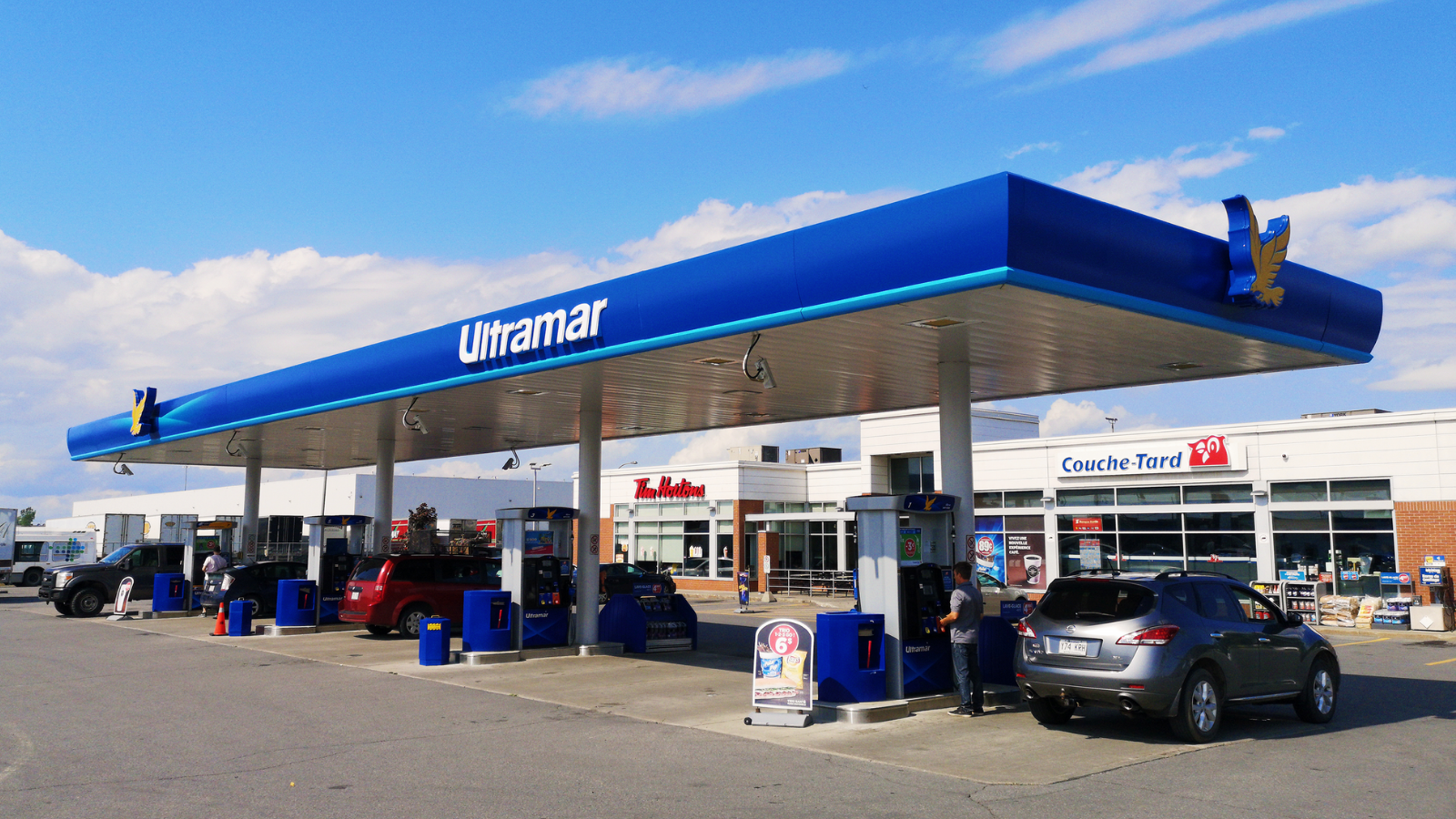
Since the early days of the COVID-19 pandemic petro and convenience stores have demonstrated just how nimble they can be by rolling out new...
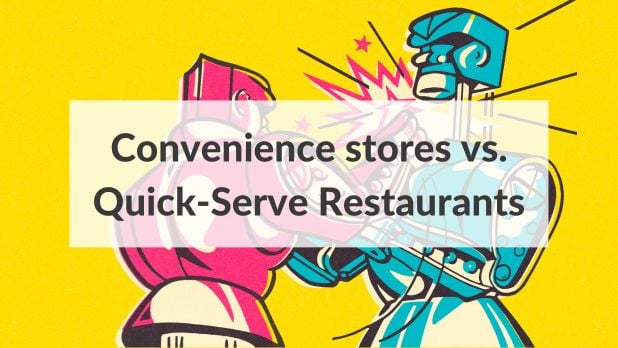
Consumers don’t care about the traditional divisions between industries. Channel blurring, the purchasing of goods and services from an alternative...

In most major metropolitan markets, grabbing a pizza at a gas station can feel like a last resort. Sure, it's convenient, but more consumers don't...